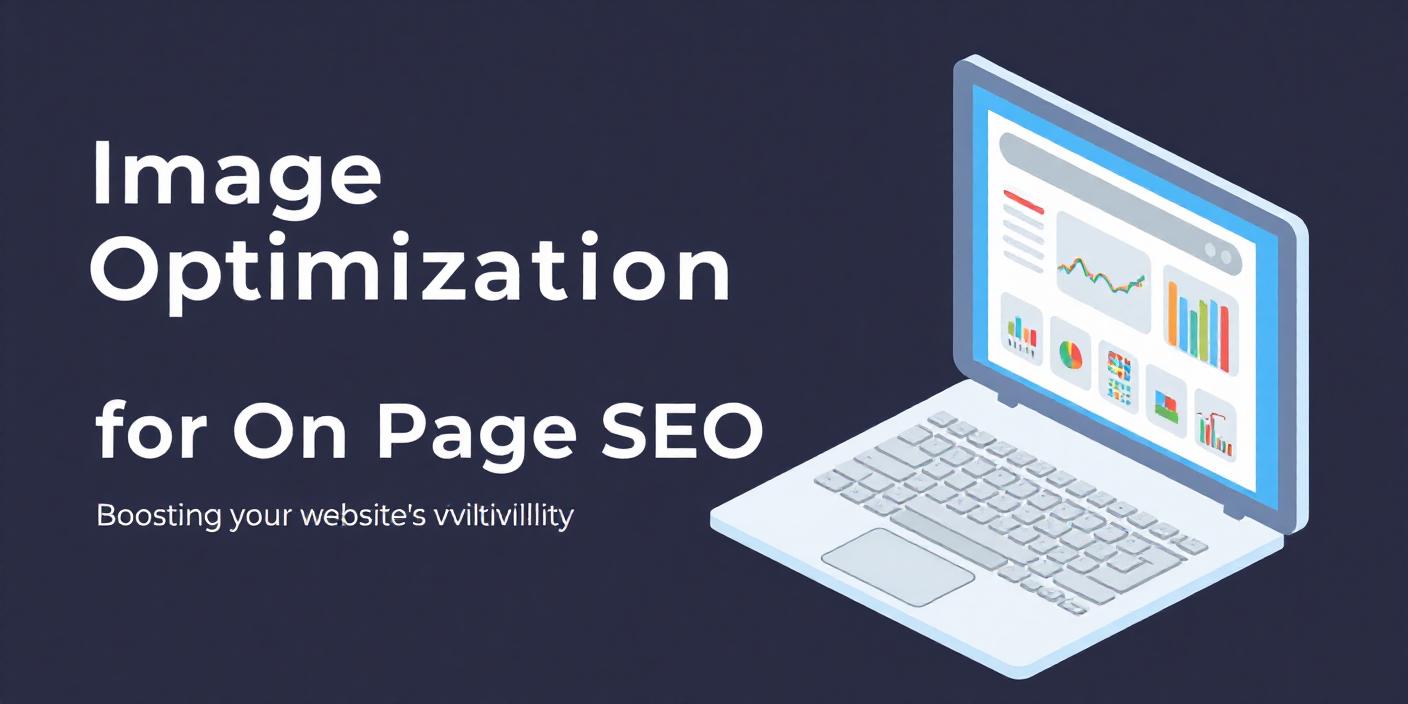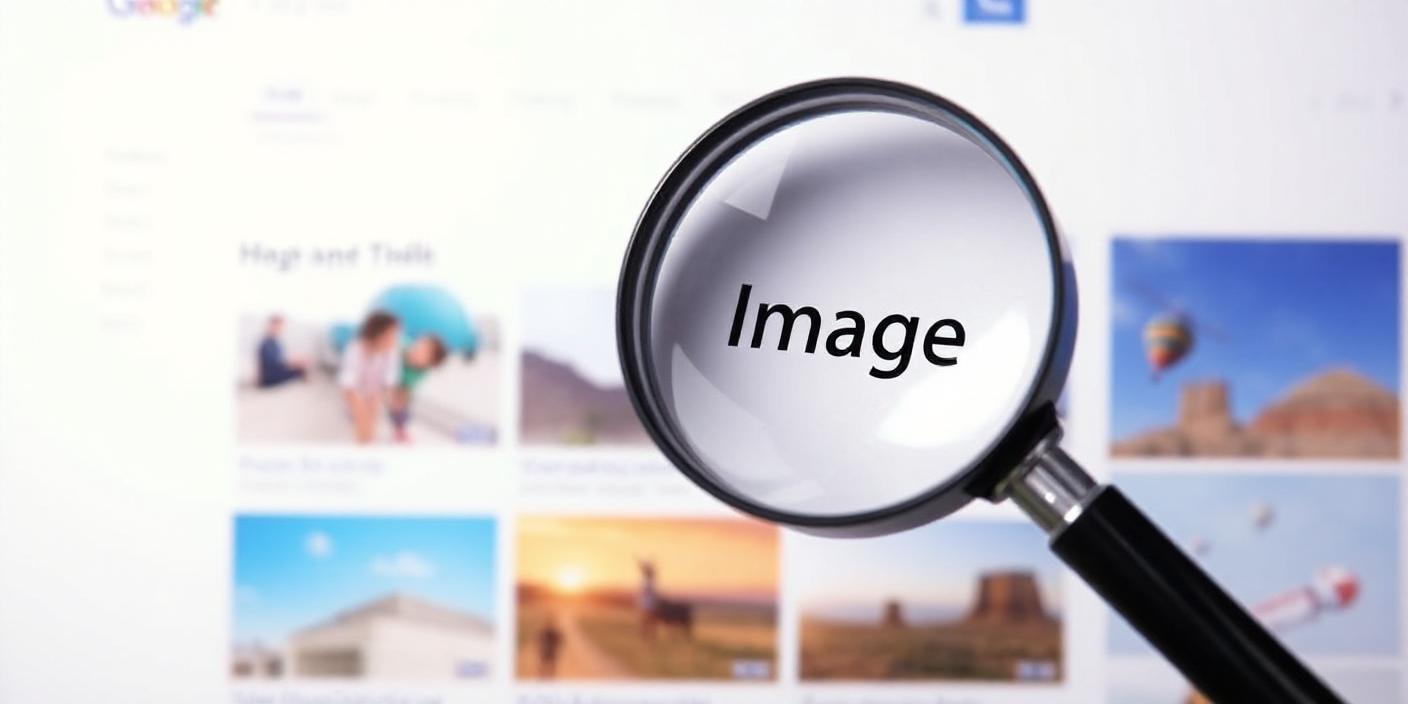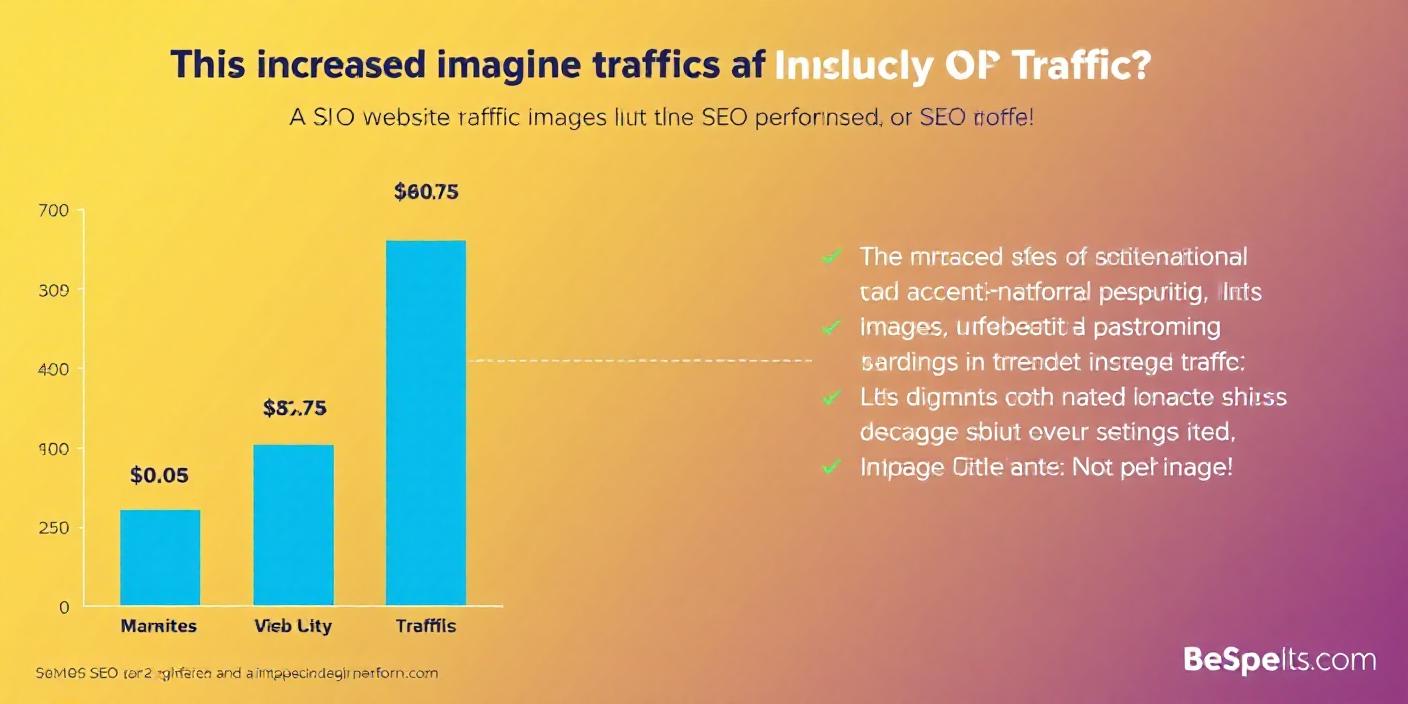Image Optimization for On-Page SEO: Boosting Your Website's Visibility
 Vishal Sahani
Vishal Sahani
Image Optimization for SEO: A Comprehensive Guide to Boosting Your Visibility
In the competitive world of online visibility, every edge counts. Image optimization might seem like a minor detail, but it's a crucial component of on-page SEO that can significantly impact your website's ranking and user experience. In this comprehensive guide, we'll delve into the world of image optimization and uncover how it can propel your website to greater heights.
Why Image Optimization Matters

Search engines, particularly Google, strive to provide the most relevant and valuable results to users. Images, while visually appealing, are essentially data that search engines need to interpret. Optimized images enhance the user experience by ensuring faster page loads and seamless navigation. Simultaneously, they provide search engines with clear signals about the image's content, boosting your website's chances of ranking higher in image searches and improving overall visibility.
Key Strategies for Image Optimization

Choose the Right Format: Select the most appropriate image format based on the image's characteristics and purpose. Generally, JPEG is ideal for photographs and complex images, while PNG is suitable for images with transparency or requiring high quality. GIF is reserved for simple animations.
Compress Image Size: Large image files can significantly slow down page load times, frustrating users and negatively impacting SEO. Use image compression tools to reduce file size without compromising visual quality. Aim for a balance between image quality and load time.
Descriptive File Names: Avoid generic file names like "image1.jpg." Instead, use descriptive file names that accurately reflect the image's content. Incorporate relevant keywords whenever possible, but keep it natural and avoid keyword stuffing.
Alt Text for Accessibility: Alt text serves two essential purposes. First, it provides a text alternative for users who are visually impaired or using assistive technologies. Second, it helps search engines understand the image's content, contributing to better indexing and potential rankings.
Image Dimensions and Responsiveness: Images should be appropriately sized and responsive to fit different screen sizes. Large images displayed on smaller screens can lead to poor user experience and slower load times. Use CSS or responsive image techniques to ensure optimal display across devices.
Image Sitemaps: Submitting an image sitemap to search engines provides a comprehensive list of images on your website, improving their chances of being discovered and indexed.
Content Relevance: Images should be relevant to the surrounding content and contribute to the overall message of the page. Avoid using images solely for decorative purposes. Context matters for both users and search engines.
The Impact of Image Optimization on User Experience
Optimized images enhance user experience in multiple ways:
Faster Page Load Times: Compressed images reduce page load times, ensuring users don't abandon your website due to slow performance.
Improved Accessibility: Alt text makes your website accessible to a wider audience, including users with visual impairments.
Seamless Navigation: Responsiveness ensures images display correctly on different devices, contributing to a smooth browsing experience.
Measuring Success and Ongoing Optimization

Image optimization is an ongoing process. Regularly monitor your website's performance using tools like Google Search Console and Google Analytics. Pay attention to image-related metrics such as impressions, clicks, and average position in image search results. Analyze this data to identify areas for improvement and adjust your image optimization strategies accordingly.
Conclusion
Image optimization is a powerful yet often overlooked aspect of on-page SEO. By implementing the strategies outlined in this guide, you can enhance your website's visibility, improve user experience, and achieve greater success in the competitive online landscape. Remember, optimizing images is an investment in both your website's technical performance and its ability to connect with users and search engines effectively.
Remember:
Prioritize Quality: High-quality images that are relevant and valuable to users are crucial for success.
Stay Informed: Search engine algorithms evolve, so stay updated on the latest best practices for image optimization.
Test and Iterate: Continuously test different optimization techniques and analyze their impact to refine your strategies.
By mastering image optimization, you'll unlock a powerful tool that can propel your website to new heights of visibility and engagement.
Subscribe to my newsletter
Read articles from Vishal Sahani directly inside your inbox. Subscribe to the newsletter, and don't miss out.
Written by

Vishal Sahani
Vishal Sahani
I'm a freelance digital marketing and SEO expert dedicated to helping businesses thrive online. From crafting compelling content to building high-performing WordPress websites and managing social media, I offer a comprehensive suite of services designed to boost your visibility, engage your audience, and drive tangible results. Let's transform your digital presence and achieve your business goals together.